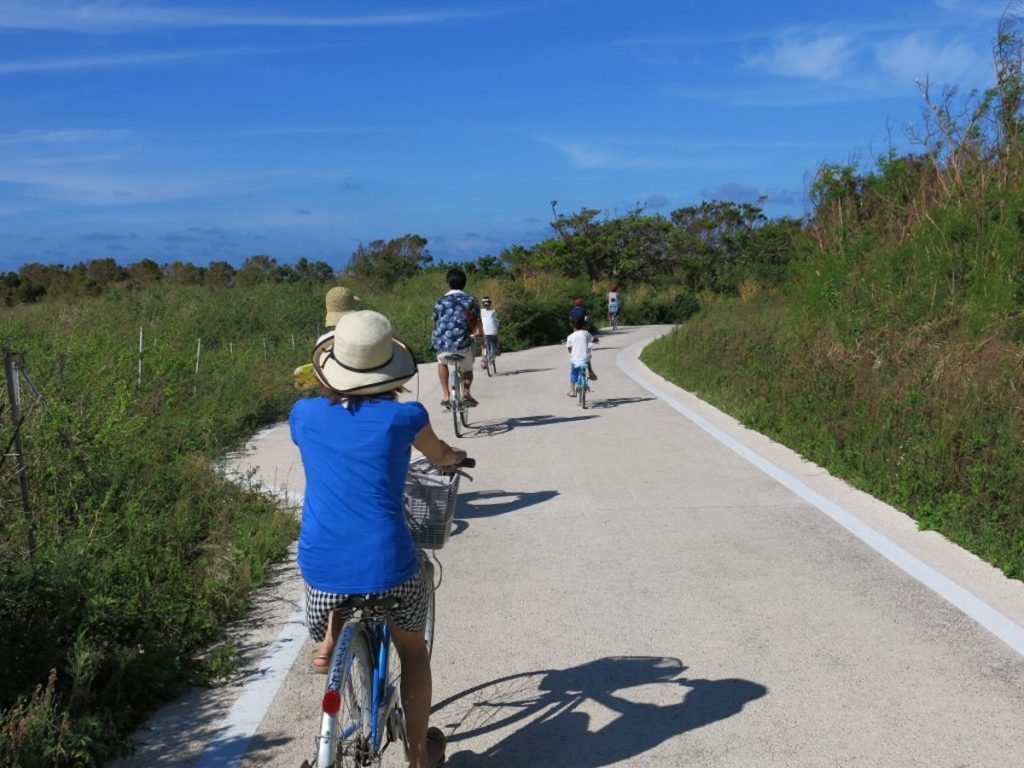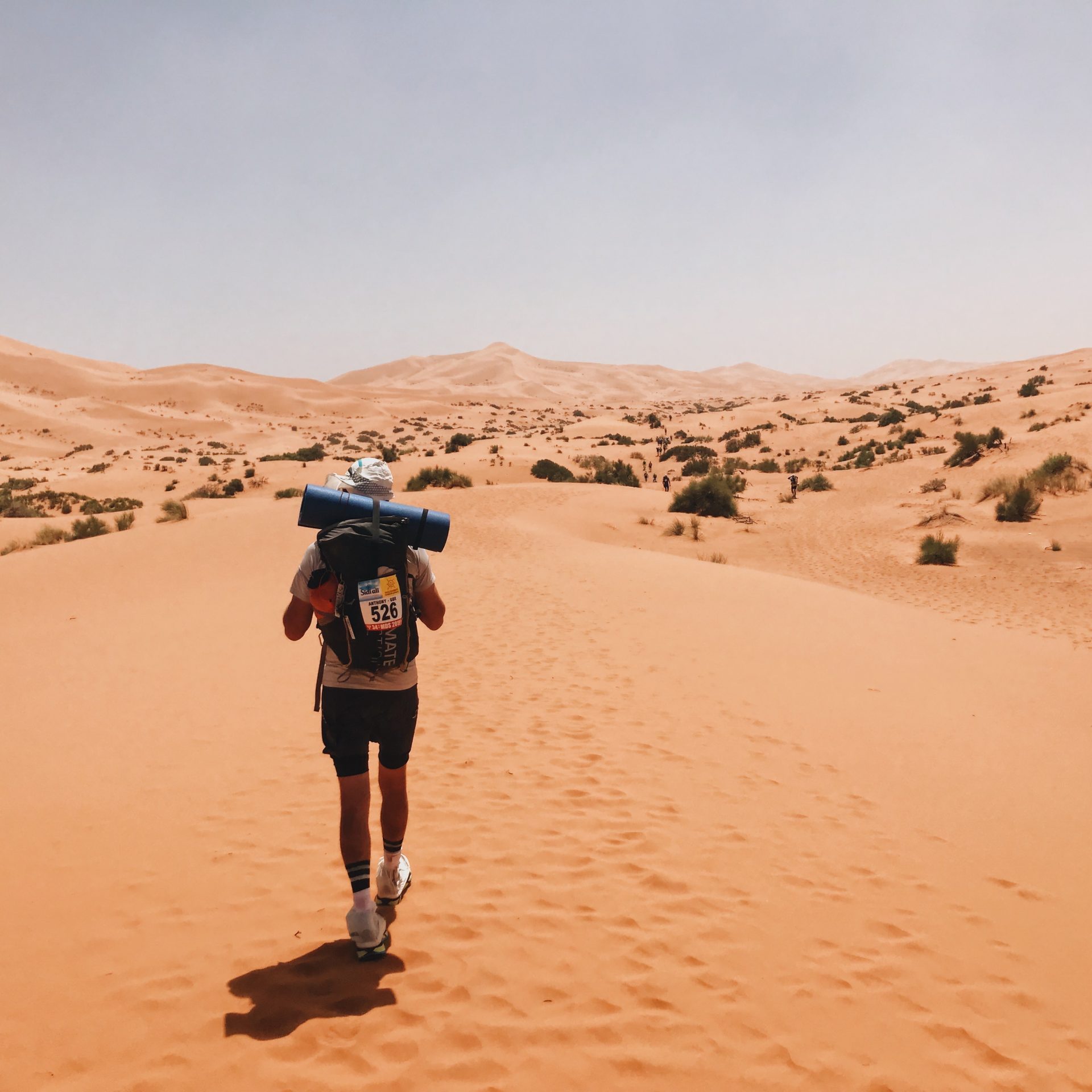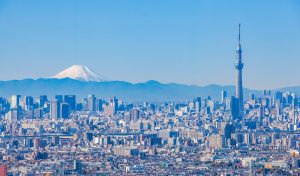I have been lucky enough to say that I visited the number one destination on my travel bucket list, Okinawa, which also happens to hold the impressive title of being ‘the healthiest place on earth.’
So I gathered it would make sense to learn a couple of Okinawan longevity tips while I was there and maybe I’ll live almost forever as the natives do.
The gorgeous islands of Okinawa, in southern Japan, may have recently gone viral for their death-defying, high number of perfectly healthy centenarians but for me, it was always famous and I was destined to go.
I had craved to go there since I was a little boy, watching Daniel-San and Mr Miyagi extend their bromance in Karate Kid Two, as the pair went to Miyagi’s homeland to pay respects to his dying father.
And let’s face it, Daniel fully deserved a mancation after pulling off that last-minute crane kick.
I digress. I would later find out, two months before my first trip to the Land of the Rising Sun that the movie was in fact shot in Oahu, Hawaii.
I’d be lying if I said I wasn’t a little heartbroken by this unintended betrayal of my stolen childhood memory, but still, with my wounded heart beating to the rhythm of a cheesy 80s soundtrack; I figured it’d be pretty cool to check out how the healthiest people on earth manage to keep The Grim Reaper out of work on for that little bit longer.
I had read about this particular Blue Zone for quite some time and I was completely fascinated by the longevity of the indigenous locals of Okinawa, The Ryukyuan people.
So off I went on my Okinawa itinerary, and this is what I observed. I was like a kid in a sweet shop and asked an abundance of questions at any given opportunity to English-speaking locals and also shared Awamori (local drink) with wise old doctors and researchers, expanding my knowledge of the world’s healthiest.
I am not a dietician or an anthropologist, nor do I have a degree in Indigenous Studies. I simply have a passion for the topic of health and learning positive traits from other cultures.
With those conversations, a lot of reading and my honest observations, these are the Okinawa longevity tips that I learned to live a longer, healthier life.
1. Whole Food Plant-Based Diet
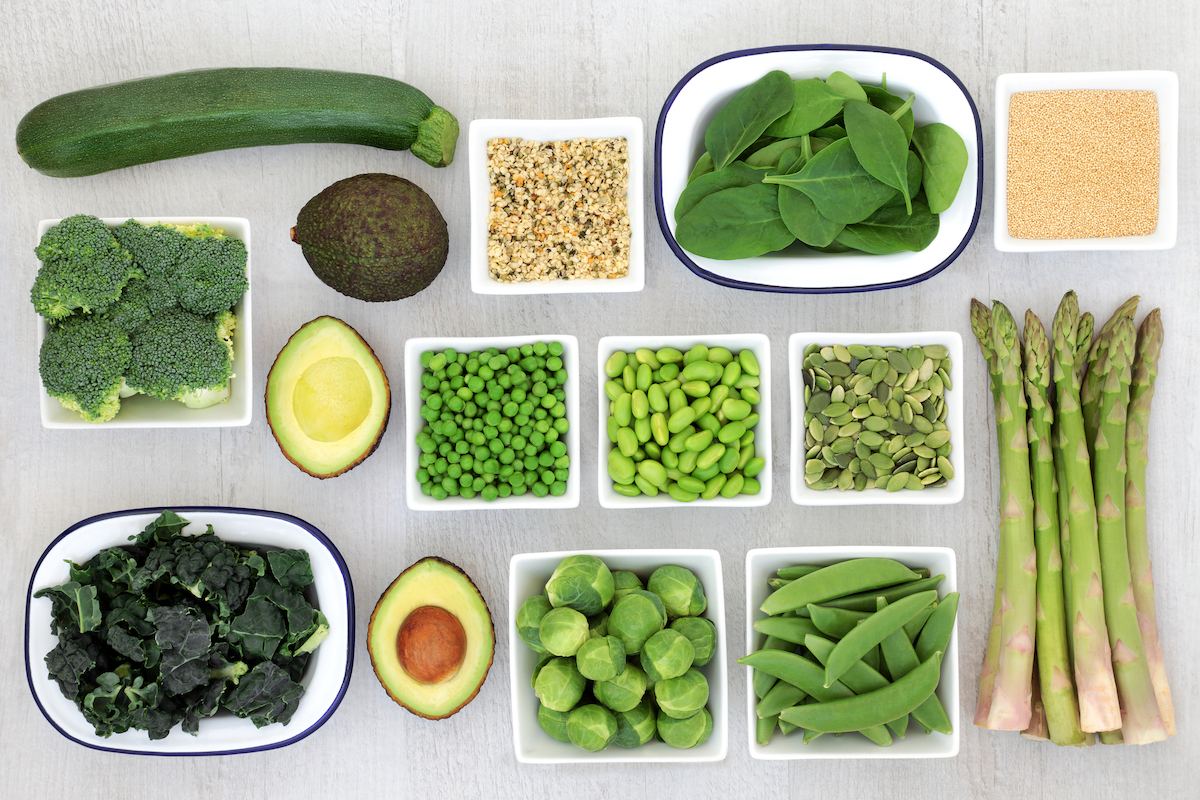
The real elephant in the room. What exactly goes into the mouths of those living in the healthiest place on earth, on a daily basis?
Living in the information age can be a pain in the arse and a blessing all at once.
With all of this information at our fingertips, having access to a myriad of studies, and conflicting anecdotes from people with physiques like Greek Mythological deities can be quite galvanising, resulting in us taking action towards reclaiming our own health.
However, in reality, it can leave a lot of people (myself included) drowning in paralysis by analysis.
Scroll on your device right now, on any of the big 3 social media outlets, or big news companies and within seconds you will be told to go paleo… nah brah, KETO… before the end of the day you’ll be convinced that plant-based is the way to go, and before you’ve even finished that thought process, you’ve decided you’ll go pescetarian through Monday-Friday and a breatharian fruitarian every 2nd weekend.
Enough is enough! I will just say what I saw and what I heard, now let’s get into the meat and (purple sweet) potatoes of the subject.
The Real Okinawan Diet: What The Ryukyuan Eat
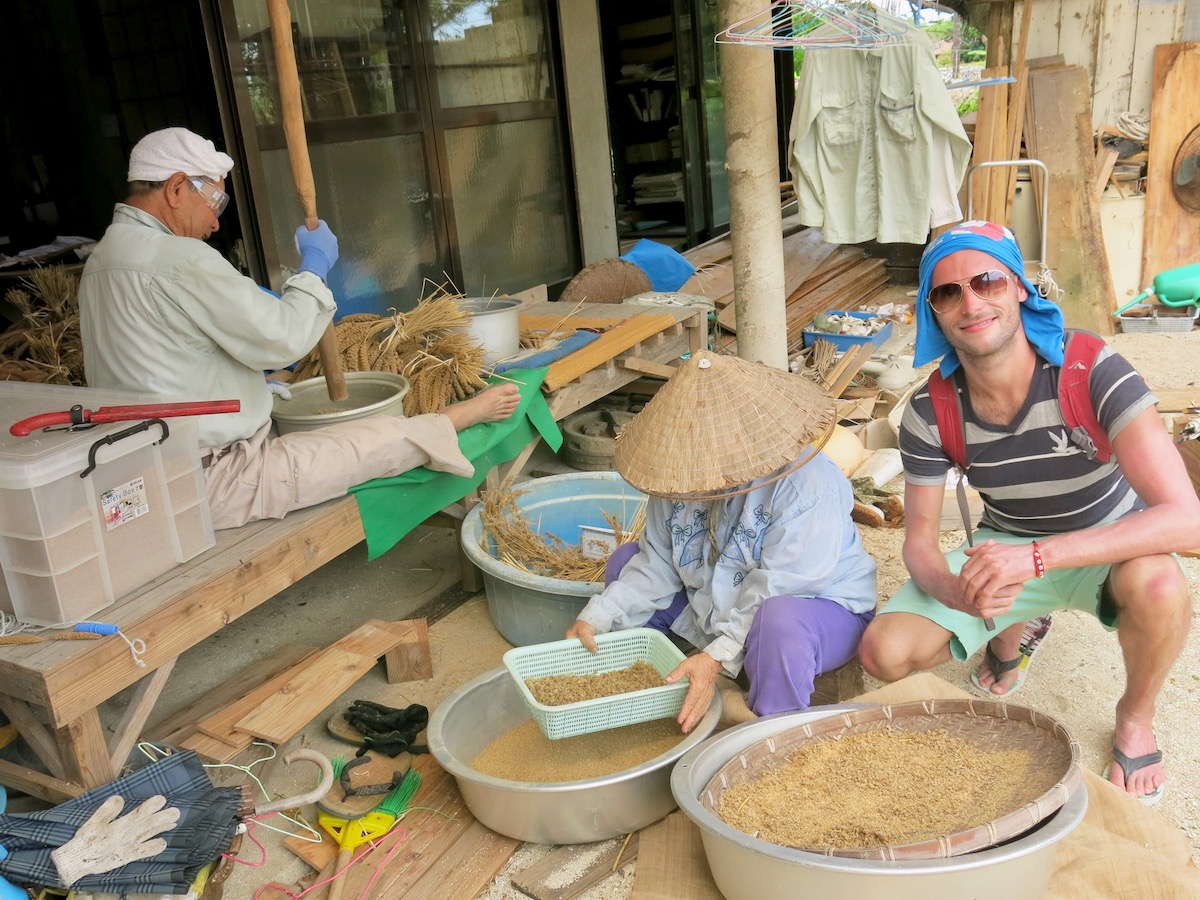
The Okinawan diet is largely compromised of plants such as tubers, seaweed, pumpkin, millet, rice and leafy greens with small portions of pork or fish.
There have been conspiracy theories kicking about since I visited the islands that this is not the case.
As mentioned above, reading about nutrition online is a f***ing psychological minefield. Also, many institutions have an agenda or receive money to distort studies. In terms of the Okinawan diet, before I arrived on their shores, I’d read claims that the real Okinawan diet was anything from 100% dietary vegan to the modern-day carnivore diet.
I’ve even seen strong allegations from online meat bros that the name Okinawa translates in the local language as “The Island of Pork,” which it turns out is, well… a load of old porky-pies.
For the record; I am plant-based myself, I know this may make you trust my word less and I completely appreciate that. There are a lot of plant-based/vegan crazies out there making life harder for people like myself who aren’t blindly beholden to the label.
I simply don’t want to eat animals for reasons outside of health and I believe you can be healthy with or without animal products in your life (so long as you know what you’re doing). I had to make this confession for the sake of honesty, but lay down your arms; my views here are completely objective and I am just writing about what I saw with my own eyes.
How Much Meat Do Okinawans Eat?
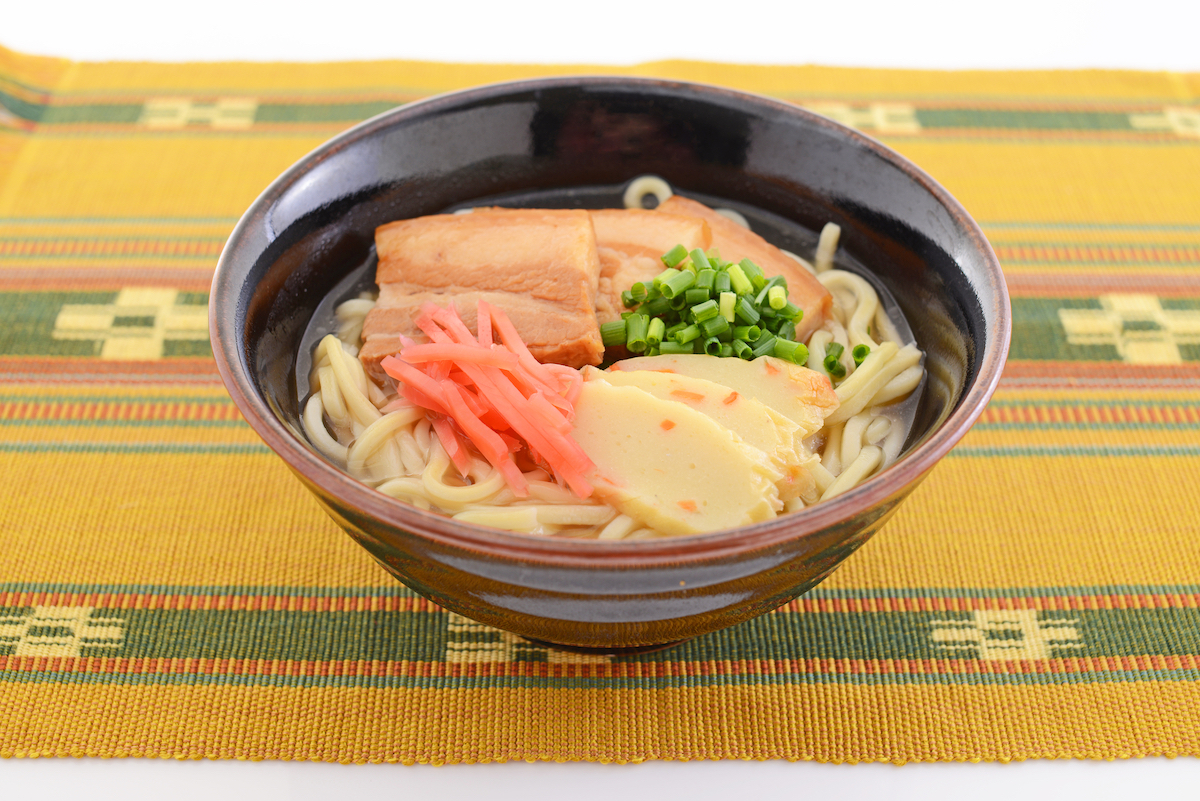
Separating fact from fiction will break quite a lot of hearts for all those emotionally invested in what the real Okinawan diet consists of.
Both the hardcore plant-based eaters who claim that the diet is pretty much vegan, and the meat bros online who claim the healthiest place on earth is inhabited by strict lip-smacking carnivores can lay down their arms and find common ground; they are both wrong.
The Ryukyuan people do eat meat, but poles apart from how we do so in the West. The meat is more like a side dish, with the focus on the meal being plants, full of colours such as sweet potatoes, green, red and yellow vegetables (and also sea vegetables, which are rich in minerals such as iodine, calcium and magnesium).
In the West, we tend to have a hunk of meat on our plate and maybe a handful of veggies on the side. In Okinawa, it’s the complete opposite, with small cubes of pork, or seafood seemingly being the accompanying food. They also eat organ meats such as liver and kidney, but more so for special occasions and festivals.
It’s oh-so-trendy to jump onto the; “all carbs are bad, mmkay” bandwagon at the moment, but the Okinawan diet laughs in the face of that. They eat rice and sweet potatoes by the bucket load. If I had to give an estimate based on what I witnessed – I’d say their diet is at least 70% carbs.
I’m pretty confident with that and I’d go as far as to say 80% is possibly correct, and while I am on that number; Ryukyuans eat until they are about 80% full. Mainland Japan even has a saying for this; “Hara Hachi Bu,” which originated in (you guessed it, you smart little sausage)…Okinawa.
Do Okinawans Eat Soy?
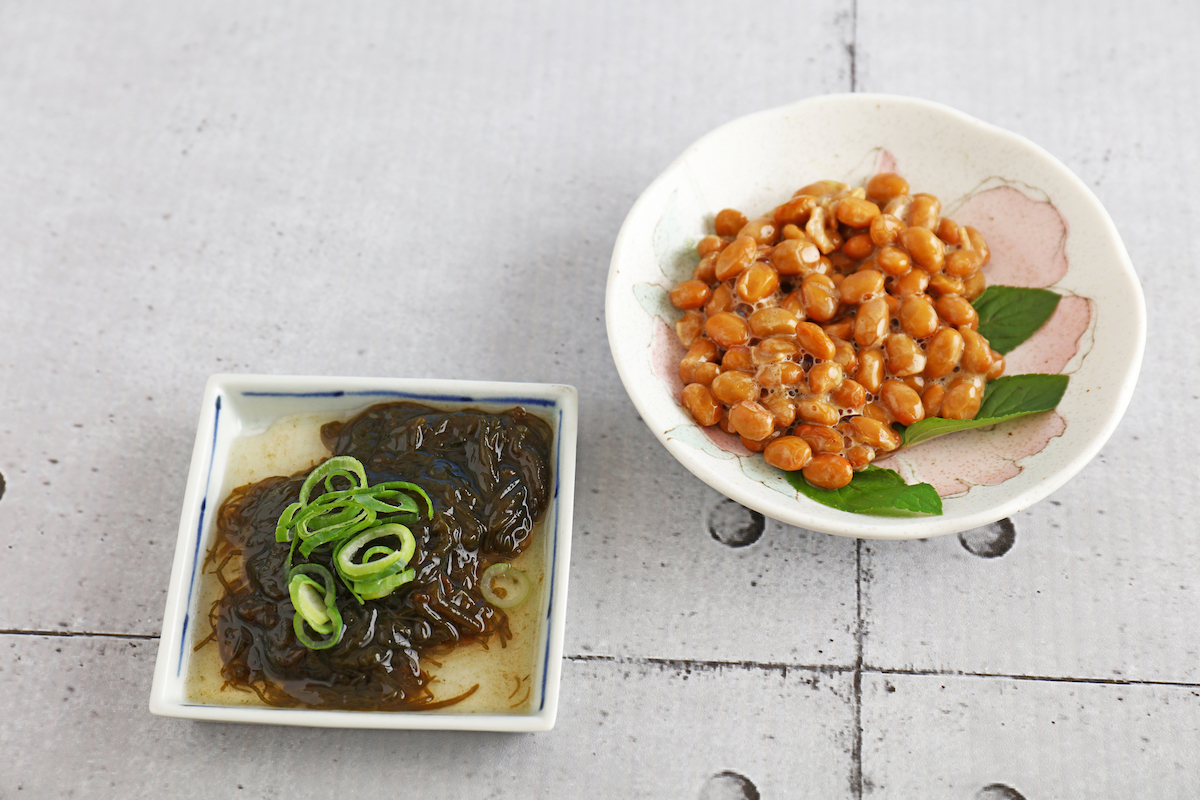
Dairy seemed sparse over there and to solve the soy myth; they eat plenty. Many pro-meat/dairy sites and influencers state that Okinawans don’t even eat that much of it, but this is false. They have soy in miso soup in the morning and also natto – a fermented soybean that many think is too disgusting to eat, but I can stomach it for the sake of its nutrition!
It’s rich in vitamin K2, protein and calcium and I’ve been eating it regularly since returning back to Thailand with a cheeky dash of Tabasco sauce (but be warned, the smell and taste are very divisive. I don’t eat it at my local workspace for respect of those with sensitive noses).
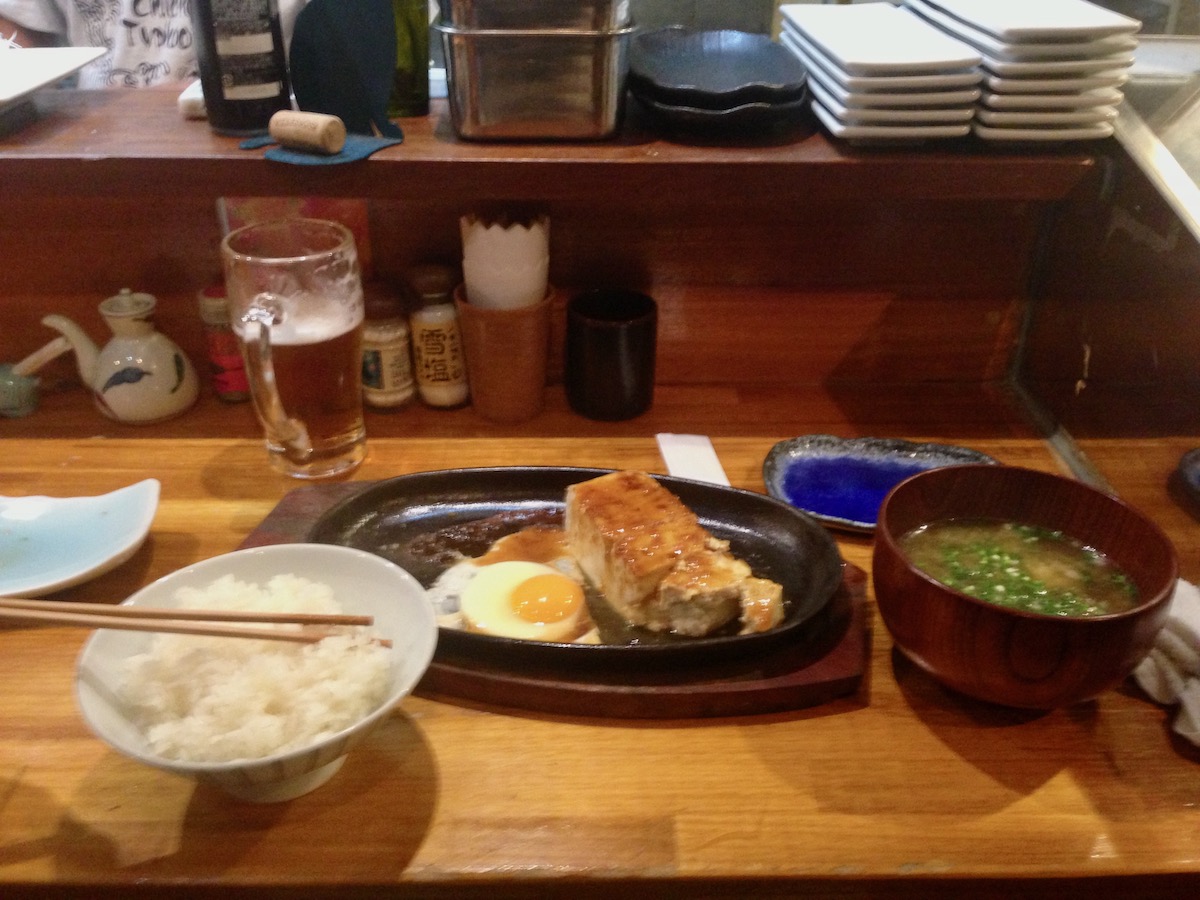
Oh, and they eat a fair amount of tofu in Japan too, and no I didn’t see any man-boobies. The way that people talk about soy nowadays is hysterical – Okinawans would have made themselves extinct via the infertility of the men if it were true.
Long story short; the real Okinwanan diet certainly is under the category of “plant-based,” as they do eat meat, eggs and seafood, they simply eat a lot more plants as the base of their meal.
You could even argue that luck is an ironic factor in their highly nutritious diet. The Ryukyuans have been marginalised for years and with their isolated geographical location (they are actually closer to Taiwan than mainland Japan) and have had to make do with what they had at their disposal, and that turned out to be pretty impressive.
2. Daily Exercise in Okinawa
No surprises here, exercise is good for us, not exactly rocket science. What interested me was the type of exercise, which took place. Speaking as a man from a Western country, we are bombarded by the likes of Men’s Health and images of hunky film stars, all huge and shredded and we are told this is what it’s like to be healthy.
Now I’m not saying that this isn’t the case.
You can do a lot worse than having more muscle mass and lower body fat and even with what I am about to say, it’s still something that I aim for as I get older and aim to make my body more protective of any health issues down the line.
The people of Okinawa are very slim and well, they don’t even lift, brah.
They wake up early in the morning and perform a set of movements, as the sun rises called ‘Tensho’ which is similar to Tai Chi, the ancient Chinese meditative martial art.
It’s quite captivating to watch, especially when they are doing it in sync with one another. The people of mainland Japan also carry out a form of slow stretching called ‘rajio taiso‘ and although this is more common outside of the Okinawa Islands, you will almost always see an elderly person doing some sort of graceful stretching routine early in the morning.
Everyone young to old cycles or walks far and often. There are no strict lists, or ‘best’ workouts to their exercise regime – it’s kept simple but it’s done consistently.
See also: How hard is it to climb Mount Fuji?
Also, Ryukyuan people regularly practice getting up off the floor, unsupported from a seated position. It’s not common knowledge (at this point) but the ability to do this is a good indicator of mortality. I’m awful at it, but getting considerably less awful at it.
Practice makes progress.
3. Medicinal Gardens
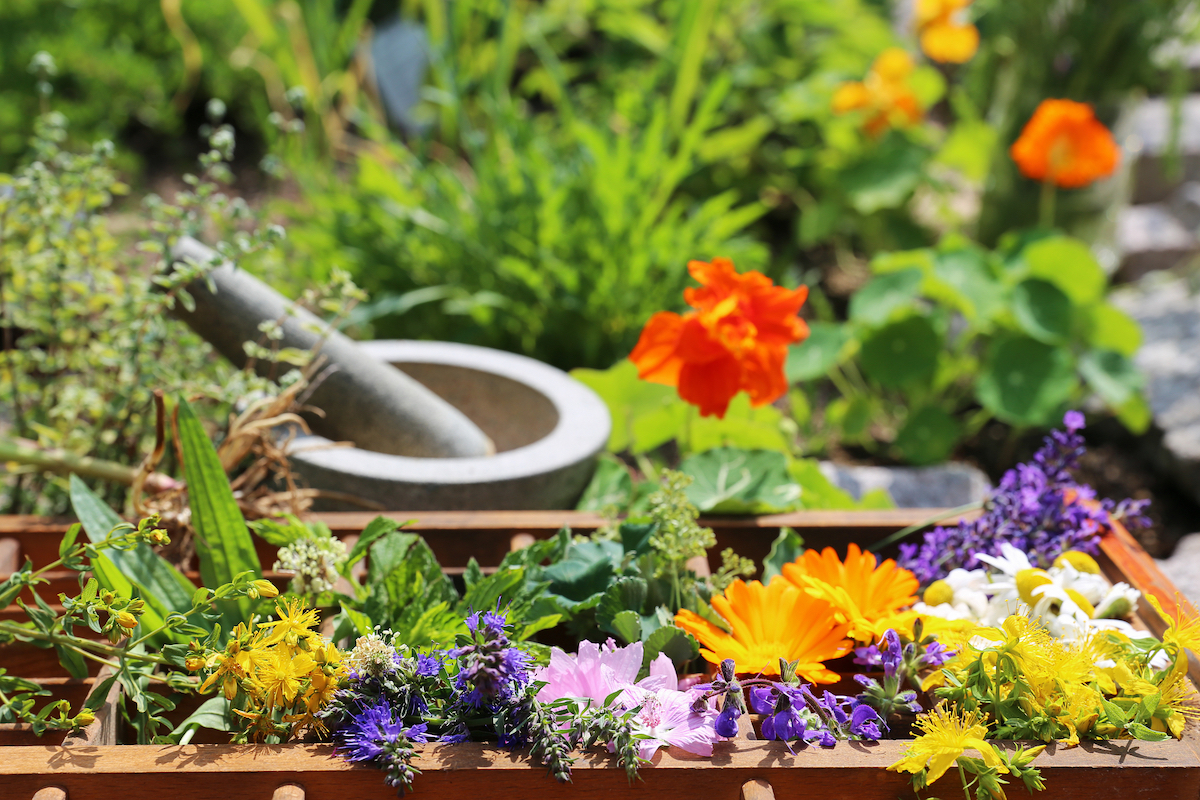
Mugwort, ginger, and turmeric are all staples of an Okinawan garden, and they all have proven medicinal qualities. The people of Okinawa grow their own and take pride in their beautiful gardens, which is also supposed to be a therapeutic practice as well as the lost art of growing their own food.
One lady, well into her 90s got her grandson to translate for me. She was going absolutely wild about her Okinawan Spinach, claiming it was second to none. I don’t know if’s because my eyes have been looking out for it, but since I left Okinawa, the hype is REAL for Okinawan spinach.
4. Herbal Teas of Okinawa
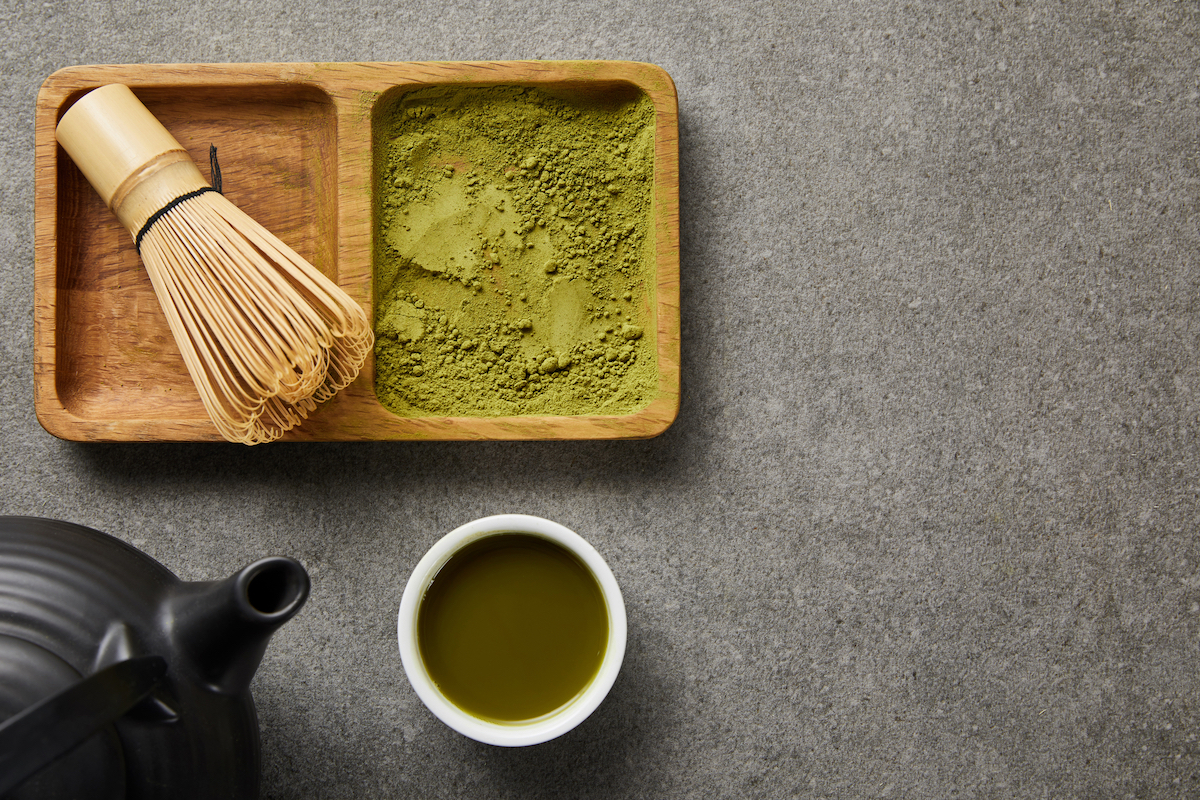
Most of us in the West like to get the party started in the morning with a hot cup of coffee, and let’s face it – this is becoming more and more of a globalised trend as coffee has successfully been marketed as the cooler, more sexy hot beverage of choice to have in your mug.
As much as I do love a steaming cup of joe to get me ready for the day, I am British and personally, nothing beats a good cup of tea in the morning.
Ryukyuans agree, but unlike Brits who drink what is known as “breakfast tea,” which is affectionately referred to simply as “tea” in the UK, the people of Okinawa are all about green tea.
It’s been doing the rounds lately on a global scale. You may know people who have even substituted it for their coffee addiction as it has a unique amino acid called l-theanine, which counteracts the drop-on-the-floor effect you get from drinking too much coffee, once the caffeine high has gone.
It’s also high in certain antioxidants that have been known to lower the risk of a stroke.
The Ryukyuan drink it consistently with most meals, usually with a lavender flower for an accompanying lovely smell. I personally love the slightly tongue-in-cheek idea from Dan Buettner, the author of ‘The Blue Zones Solution,’ he suggests; “drink coffee for breakfast, tea in the afternoon, wine at 5 p.m.”
Now that’s a schedule I can get behind.
5. Strong Social Circle
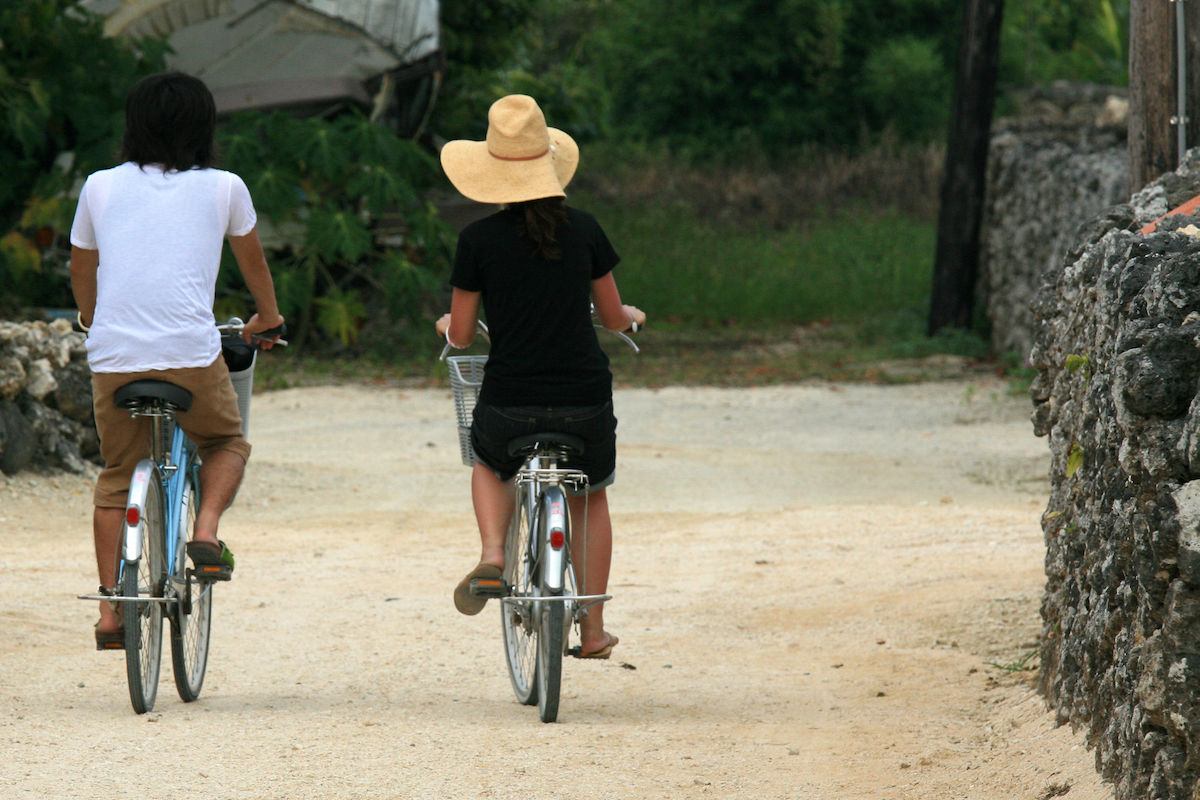
One thing that I have learned since my time away is the importance of a strong social unit and how much the body and mind suffer without one. I’ve spent one too many nights of small talk and vacuous conversation with backpackers, pining for those who understand me the most so that I can be my true self.
Okinawans get that. People eat together, drink tea together, walk together, and get drunk (in a much classier way than Brits do) together.
Even though life brings on occasions where it’s better off to be alone than in the wrong company, there are also good supporting arguments for the theory; ‘happiness is real when shared.’
I’m far from needy, but it always baffles me how many people don’t have friendship as one of their top priorities in life. The people of Okinawa understand that they get by with a bit of help from their friends. They even have a name for their social network; “moai.“
Meeting up with friends often does wonders for your health (so long as you like the company you are keeping of course) and having a strong social connection has been linked to living a longer life, along with significant improvements in mental health.
6. Ryukyuan Resilience
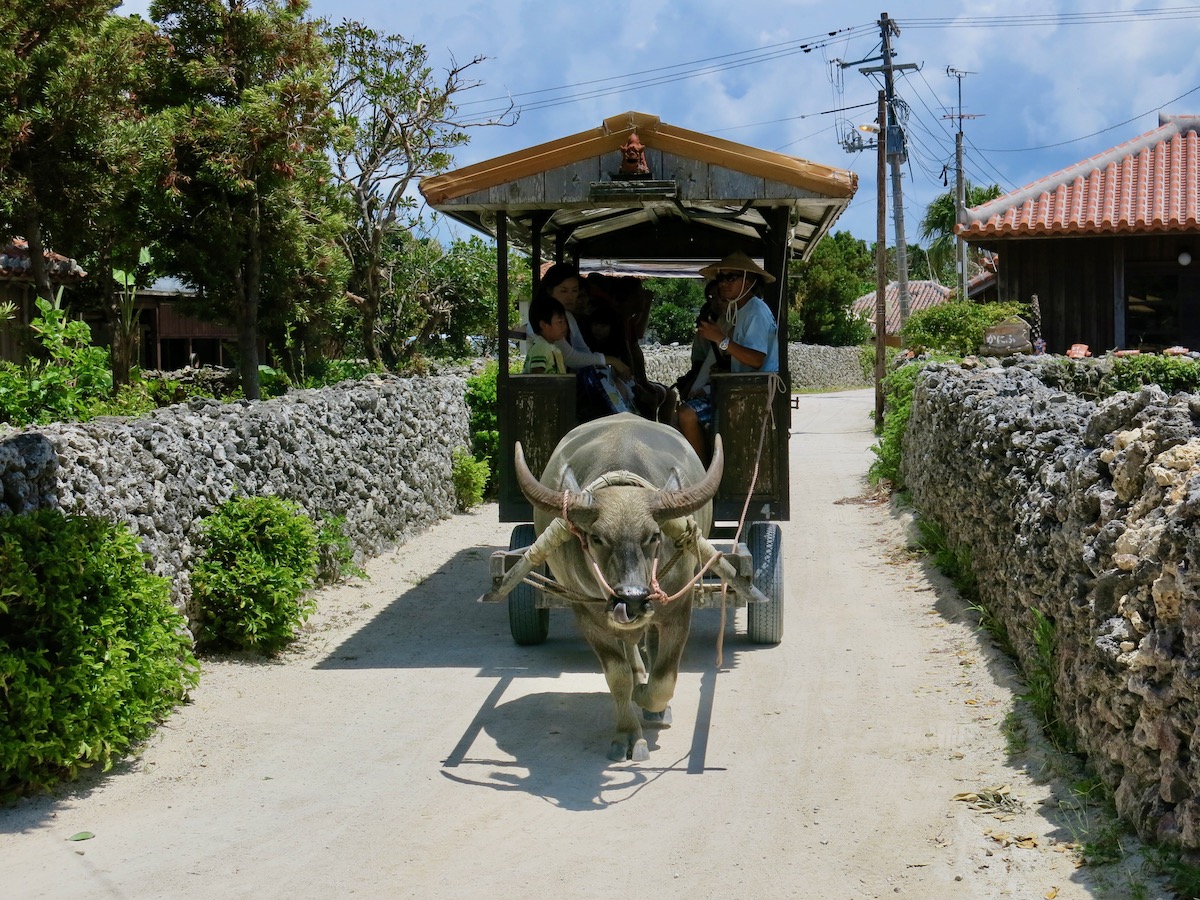
I’m not a big fan of putting people’s success down to mere luck. There are always going to be outliers, but most people who succeed (especially during hard times) should be commended for their perseverance.
If you look back on Okinawa’s history, you’ll quickly see they’ve been through a lot of crap. In fact, Ryukyuan people don’t feel like they are Japanese at all, Okinawa is more of a separate country in their eyes (at least in terms of culture) however they are yet to be recognised as indigenous people by the Japanese government.
And still, they punch above their weight in this postcard paradise as the healthiest place in the world. I reckon to crack on through these tough times, particularly as a community has made them strong in mind, body and spirit.
Even though I admittedly gush about Okinawa on here and in other articles, a lot of it is relatively poor in comparison to mainland Japan and somehow, the locals seem to be able to manage their stress levels very well.
Stress eradication is a myth, but becoming better at stress management is something that I am constantly working on and I have a feeling that the locals have nailed down this sweet spot.
7. Get Enough Sun
Unfortunately, the chances are you’re reading this from a country where you don’t get enough vitamin D from the sun. Speaking as someone born in a cold, moody climate country – the difference of having sun permanently in your life is monumental for your well-being and happiness.
You can overdo it too of course, but it’s the dose that makes the poison and the sun offers a whole host of benefits.
For example, Vitamin D aids the absorption of calcium in your body, which is a factor in why osteoporosis rates in Okinawa (and Japan) are abnormally low compared to the UK and the USA. The sun is scorching and there are more than enough paradises to sit and enjoy it come up and go down; not a bad way to start or wind down the day.
8. The Power of The Ocean
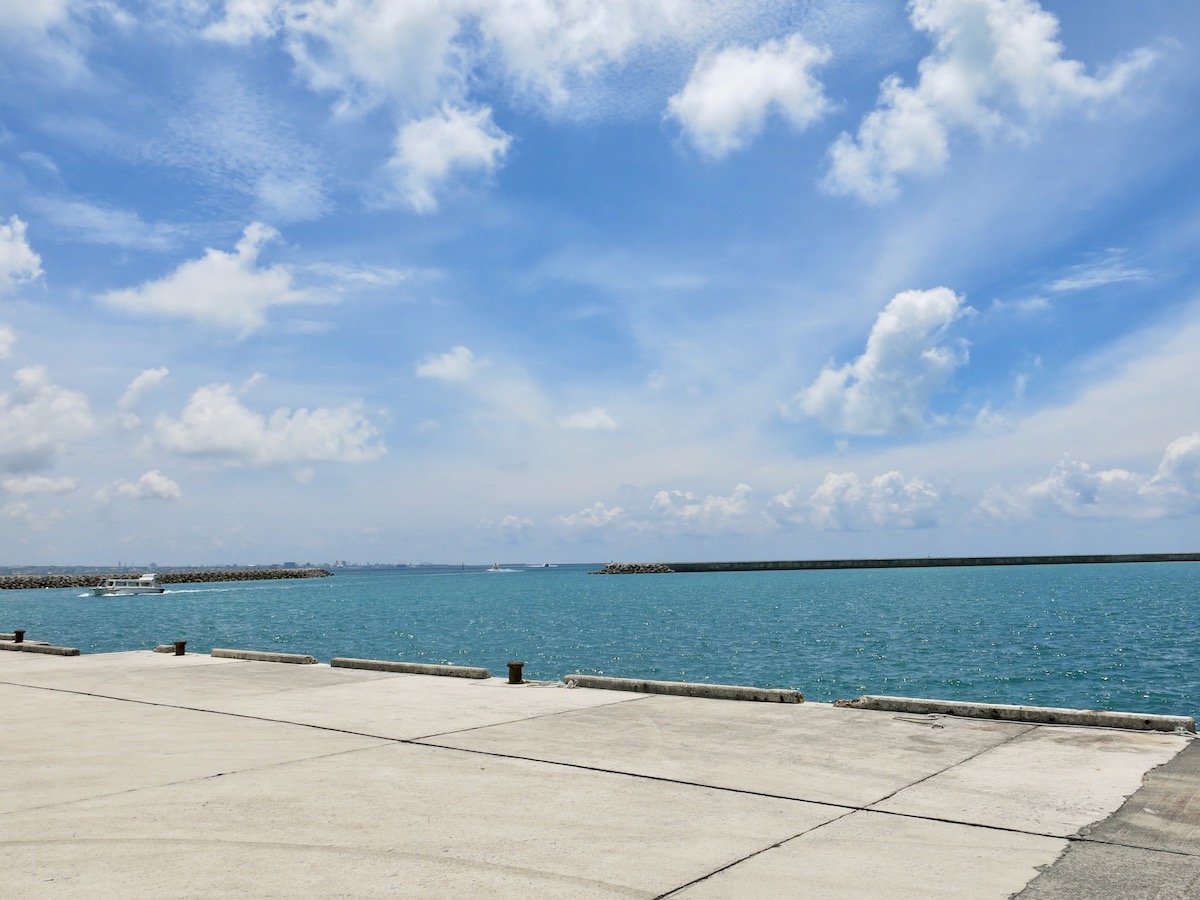
Having access to the sea right on your doorstep (especially in tropical waters where it’s warm when you get in) is fantastic and it of course gives the people of Okinawa the aforementioned mineral-rich sea vegetables. The sea quality is really good and littering is counter-culture.
A splash in these clear waters on most days can only have been a positive attributing factor to the Ryukyuans’ eternal youth, but before we romanticise too much, do be careful if you visit those shores as they have shark-infested waters!
Even if you live too far from the ocean (I do too) you can still harness the power of the ocean by adding more sea vegetables to your diet that are rich in minerals that many people in the West are lacking.
9. Good Air Quality
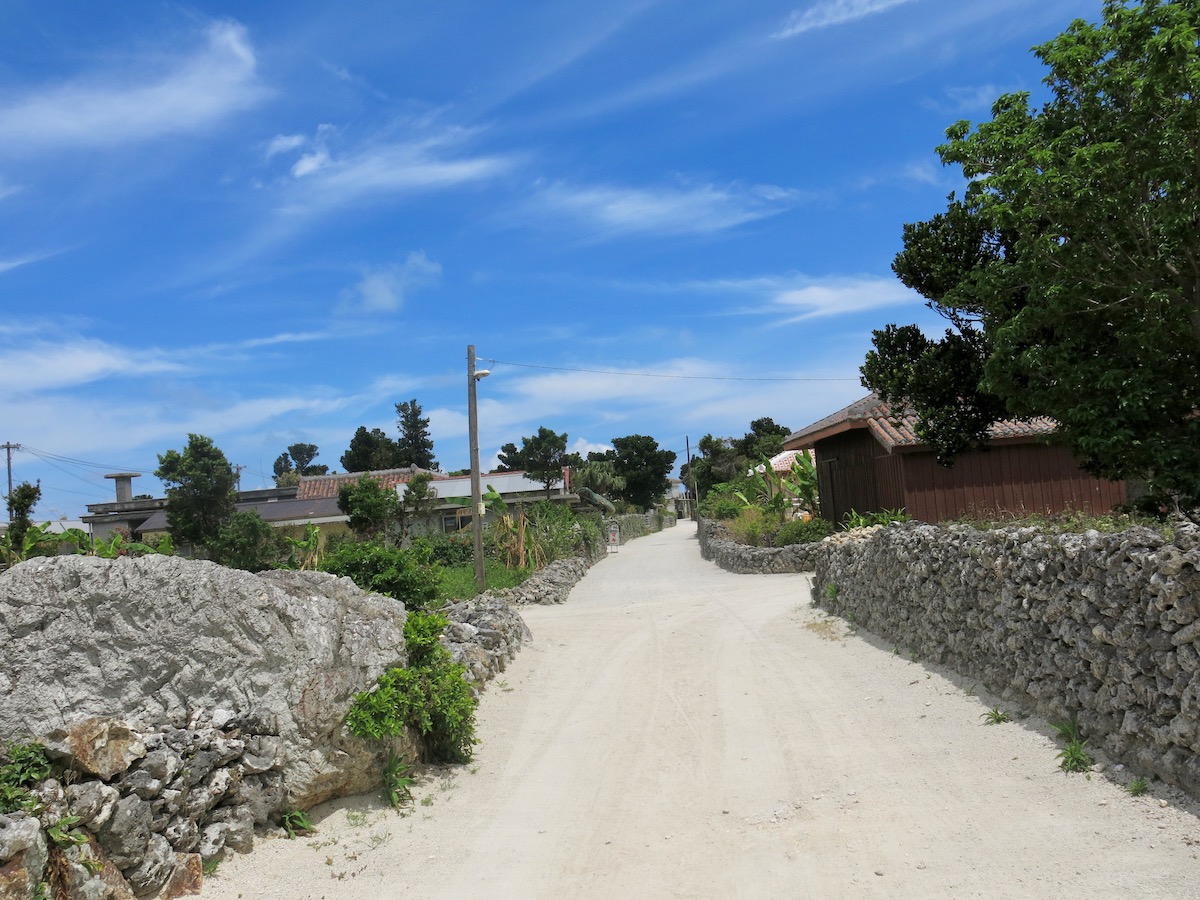
Have you ever been to a place where you felt like you were breathing better than you ever have in your life? I certainly feel the difference when in polluted cities, as opposed to clean air places. While I loved living in Mexico City the main negative for me was the air pollution.
In Okinawa, I felt like my lungs were breathing in good, pure air, particularly by the coast. However, locals told me that the American military had been very naughty recently and had polluted a lot of the air with their aggressive training drills.
I am ignorant about this topic, all I know is I felt I was breathing good quality air compared to smokier cities that I had recently travelled in.
Having to evacuate my home in Chiang Mai during the smokey season is a necessary annoyance and the pollution was one of the cons of living in Bangkok, so the Okinawa islands felt like breathing in The Garden of Eden for me.
Do I Follow These Okinawa Longevity Tips Myself?
Since my Okinawa trip, I’ve adopted quite a lot of the lifestyle choices of The Ryukyuan folk. I still eat stinky natto (in the house of course), I also eat sweet potatoes as a post-workout meal, I get more sunshine, drink green tea and make more of an effort to meet up with good people on a regular basis.
I haven’t tried that funky form of Thai Chi (yet), I don’t eat fermented pork and my first attempt at growing my own food ended in a very sad-looking tomato plant.
Health is a long journey and I am embracing it.
We could argue that strong genetics and sunshine are things that are out of our control, throw in the towel and put Okinawa on an untouchable pedestal. Alternatively, we can follow some of their healthier habits and add them to our own lives.
On a funnier and less profound note; check out this Scottish centenarian lady’s philosophy to living a long and healthy life; porridge and staying away from men.
It was an absolute joy writing these Okinawan longevity tips as a hat-tip to the healthiest place on earth and it was even more of a pleasure to visit the gorgeous islands and witness them with my own eyes.
Song For The Moment – ‘Live Forever’ By Oasis
Notable Lyrics:
Maybe I just want to fly
– ‘Live Forever’ By Oasis
I want to live I don’t want to die
Maybe I just want to breathe
maybe I just don’t believe
Maybe you’re the same as me
we see things they’ll never see
you and I we’re gonna live forever

